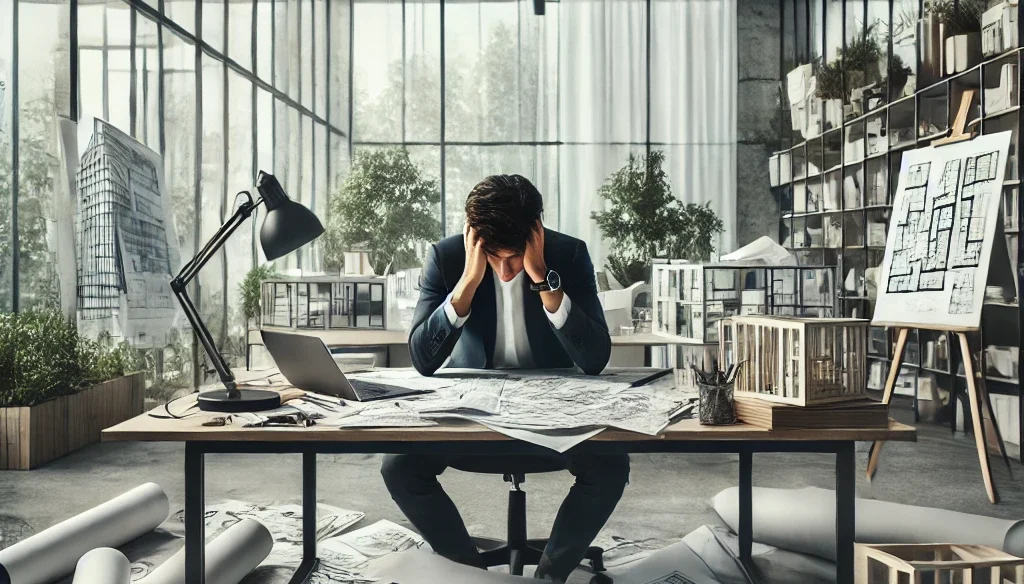Neuroarchitecture: Designing Spaces for Well-being
In today’s fast-paced world, the spaces we inhabit play a crucial role in our mental, emotional, and physical well-being. Neuroarchitecture is an innovative field that merges neuroscience with architectural design to create environments that positively impact human experience. At Chi’Livin, we go beyond aesthetics to design spaces that enhance the well-being of those who use them.
1. What is Neuroarchitecture?
Neuroarchitecture studies how built environments affect brain function and behavior. By understanding the connection between surroundings and neurological responses, architects and designers can create spaces that reduce stress, improve mood, and boost productivity. This approach combines insights from neuroscience, psychology, and architectural design to craft environments that enhance well-being and promote positive experiences.
2. Key Principles of Neuroarchitecture
Light and Color
Natural light and color impact mood and energy levels. For example, spaces with ample natural light boost serotonin and focus, while calming colors reduce anxiety. At Chi’Livin, we emphasize natural lighting and balanced colors to create inviting, nurturing environments.

Spatial Design and Flow
How people move through a space affects comfort and experience. Neuroarchitecture focuses on open paths and intuitive layouts that reduce stress. Open spaces encourage relaxation and interaction, which is why Chi’Livin designs flow naturally, aligning with how the brain responds to its surroundings.
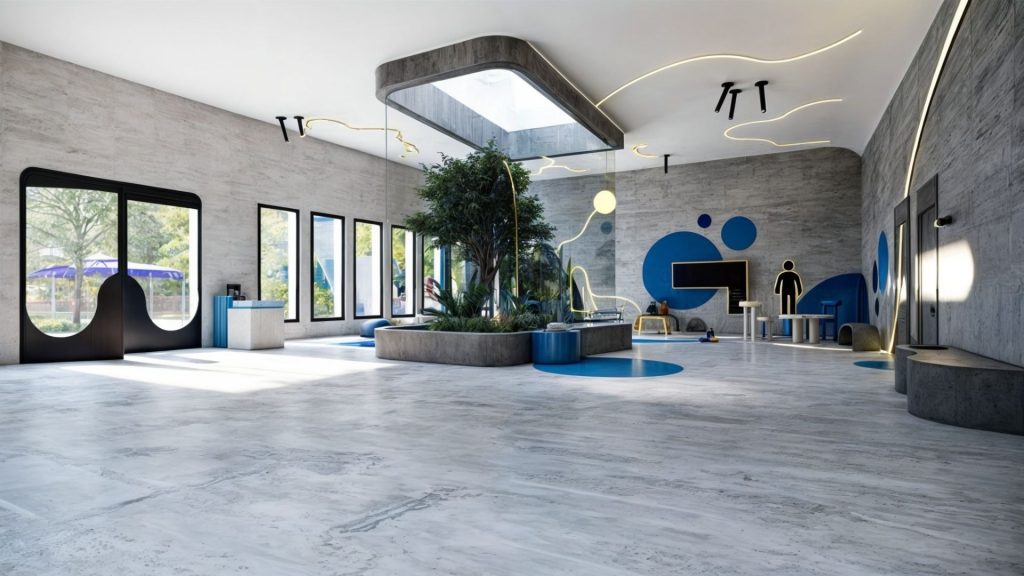
Nature Integration
Incorporating natural elements reduces stress and promotes tranquility, a concept known as holistic design. Chi’Livin blends nature into the built environment using plants, natural materials, and views of greenery to support mental and physical health. Discover more about holistic design principles in our portfolio.
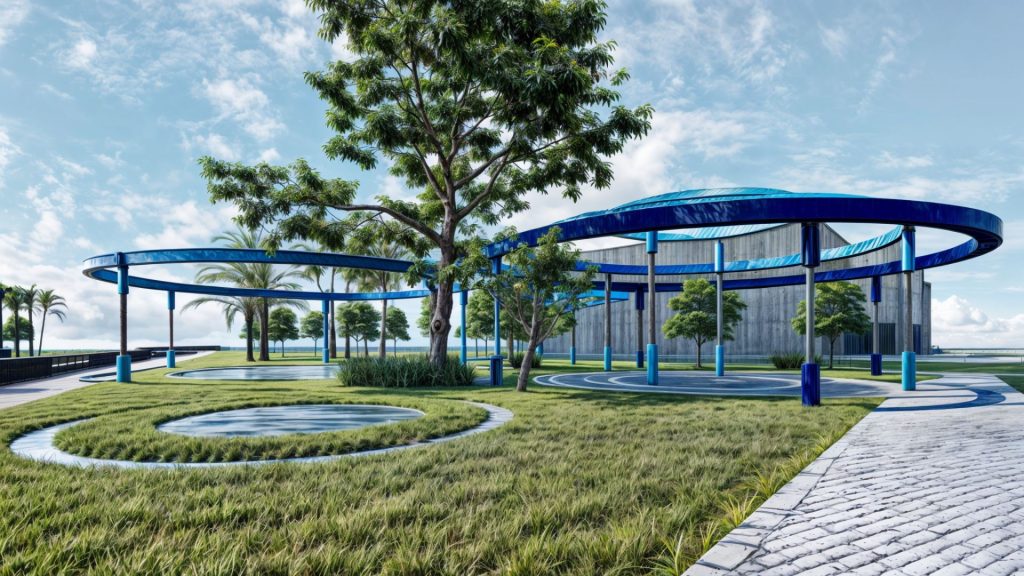
Sound and Acoustics
The auditory environment greatly influences well-being. While noise increases stress, well-planned acoustics foster a peaceful atmosphere. Chi’Livin utilizes sound-absorbing materials and carefully considers acoustics to ensure a comfortable, stress-free environment.
Human-Centric Design
Neuroarchitecture accounts for the personal needs of the space’s users. Preferences, cultural influences, and activities all contribute to how a space supports its inhabitants. Chi’Livin works closely with clients to integrate these needs into designs, enhancing quality of life.

3. Benefits of Neuroarchitecture
Improved Mental Health: Thoughtful design can reduce stress and anxiety, promoting mental well-being. Spaces created with neuroarchitecture principles help people feel comfortable, safe, and at ease.
Enhanced Productivity: In workplaces, neuroarchitecture improves focus and productivity. The right combination of natural light, comfortable spaces, and human-centric design helps people stay motivated and energized.
Better Physical Health: Spaces that encourage natural movement, incorporate nature, and provide ergonomic comfort contribute to physical well-being.
Increased Creativity and Calm: By fostering a mentally clear environment, neuroarchitecture supports creativity and calmness, allowing users to feel inspired and focused.
4. Neuroarchitecture in Practice
From homes to workplaces, schools, and healthcare facilities, neuroarchitecture shapes spaces that nurture and support users. Thoughtful design can make every environment more beneficial, whether it’s a home that reduces stress, a school that promotes learning, or a healthcare space that aids in recovery.
Check out Chi’Livin’s projects page for examples of our work across different spaces that embody these neuroarchitecture principles.
5. How Chi’Livin Uses Neuroarchitecture
At Chi’Livin, we believe that the right environment shapes experiences and improves lives. Our projects place the user’s well-being at the forefront, integrating neuroarchitecture principles to foster calm, focus, and inspiration. Whether it’s a residential project focused on comfort or a commercial space aimed at productivity, we apply these principles to create environments with lasting positive impacts.
Through elements like natural light, soft materials, open spaces, and thoughtful acoustics, we design spaces that support mental clarity and emotional well-being. For us, design goes beyond buildings—it’s about creating a better quality of life.
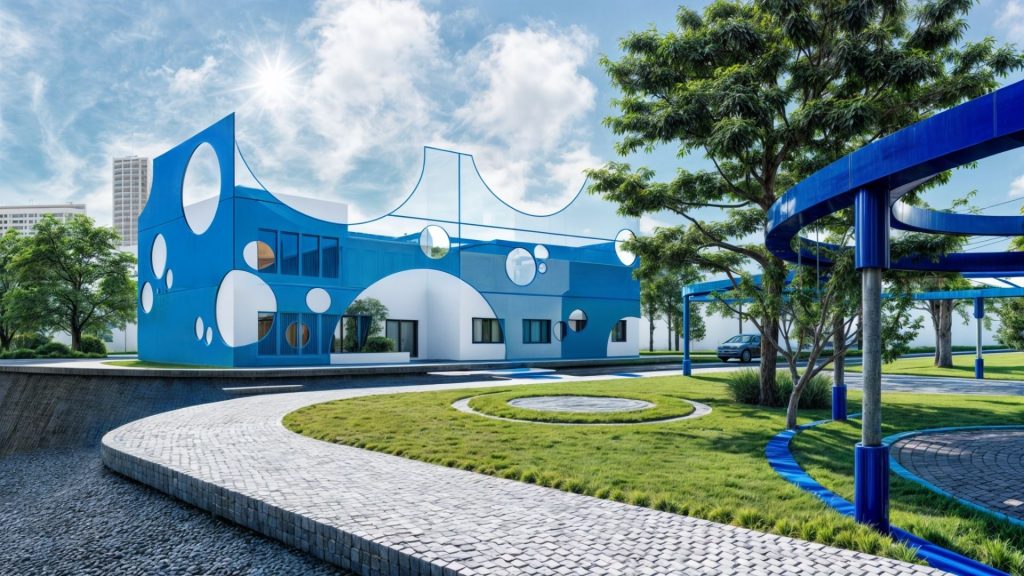
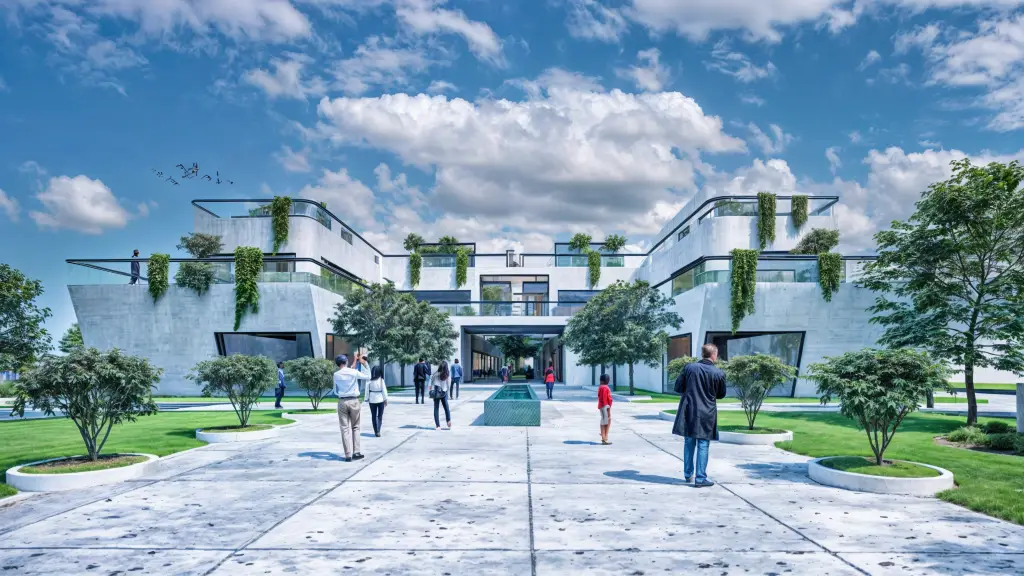
Conclusion
Neuroarchitecture is transforming the way we approach the built environment, allowing us to design spaces that actively support health and happiness. At Chi’Livin, we are committed to this approach, ensuring each project is crafted to enhance the well-being of its users. Ready to transform your space? Reach out to Chi’Livin today, and together, we can create a space that truly makes you feel your best.





